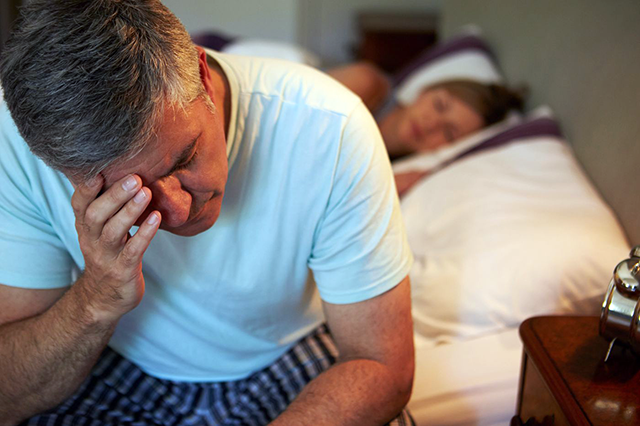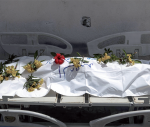You are here
Take a breath!
By Haneen Mas’oud - Nov 07,2021 - Last updated at Nov 07,2021

Photo courtesy of Family Flavours magazine
By Haneen Mas’oud
Clinical Psychologist
How do you deal with different stressful situations? Here are healthy distractions to control and manage the physical (headache, chest heaviness, muscle tension) and psychological symptoms (racing negative thoughts, overwhelming emotions, anxiety, depression) of stress.
Remember, not every exercise or tool suits everyone. However, you will want to try out these simple breathing exercises to see if they work for you.
If this is your first time trying breathing exercises, you may experience dizziness and uncomfortable feelings. If you keep feeling unwell, then these exercises are not for you. Please consult with your doctor before attempting any.
Alternate nostril breathing
In this exercise, you will need to:
1. Place your index and middle finger (right hand) on your forehead
2. Close your right nostril with your thumb and take a slow breath from your left nostril
3. Close your left nostril with your ring finger and open your right nostril by removing the thumb
4. Breathe out (exhale) through your right nostril and then inhale from it
5. Close the right nostril and exhale from the left one. Then take a breath from the same nostril
6. Continue switching between nostrils the same way mentioned above and repeat the cycle as much as needed
Box Breathing
You can draw a square and practice on paper first and then you can do it without paper.
1. Use your finger to guide you around the box you drew (optional)
2. Start by inhaling from your nose for four seconds
3. Hold your breath for four seconds
4. Exhale from your mouth for four seconds
5. Hold again and repeat the cycle as often as needed
Progressive Relaxation Technique
This exercise involves tensing a group of your body muscles and then relaxing them to release stress.
1. Start with the pose of Charles Atlas (see image) where you curl your right and left fists and simultaneously tighten your biceps and forearms, and then relax (you can say to yourself: Relax, my body is relaxed, I’m relaxed)
2. Roll your head and roll your neck clockwise in a complete circle, and repeat in the opposite direction, and relax
3. Move to the face muscles by wrinkling the forehead, with your mouth opened and shoulders hunched and then relax
4. Take a deep breath with your shoulders arched towards the back and hold for three seconds and exhale. Then take another deep breath pushing your stomach out, hold for three seconds and exhale (relax)
5. For the lower part of your body, straighten your legs by directing your toes toward your face, hold for three to four seconds and then relax (your calves, thighs and buttocks will be engaged here)
Eye Relaxation (palming)
1. Close your eyes placing your palms over them, do not put much pressure on your eyes; you should see a black colour and maybe other colours or images, shift your focus to the black colour only
2. Spend two minutes if you feel comfortable focusing on the black colour
3. Lower your hands and slowly open your eyes and notice your transition from tension to relaxation
Some small tension releasers can also be helpful, such as sighing and yawning. You can sigh deeply, feeling how the air rushes out of your lungs. Also, you can open your mouth while stretching your arms above your head and yawn as loudly as you can. Repeat as needed.
So, with these simple techniques, I hope that you enjoy the art of relaxing!
Reprinted with permission from Family Flavours magazine
Related Articles
Sleep hygiene refers to habits that help improve sleep, thus positively impacting our mental and physical health. Here are some tips to help you sleep better in the long run
There’s nothing like a dark, quiet bedroom to send a stressed-out mind down a rabbit hole of worry, and the coronavirus is giving us all a n
By Dina HalasehEducational PsychologistIs your brain stressed?



















